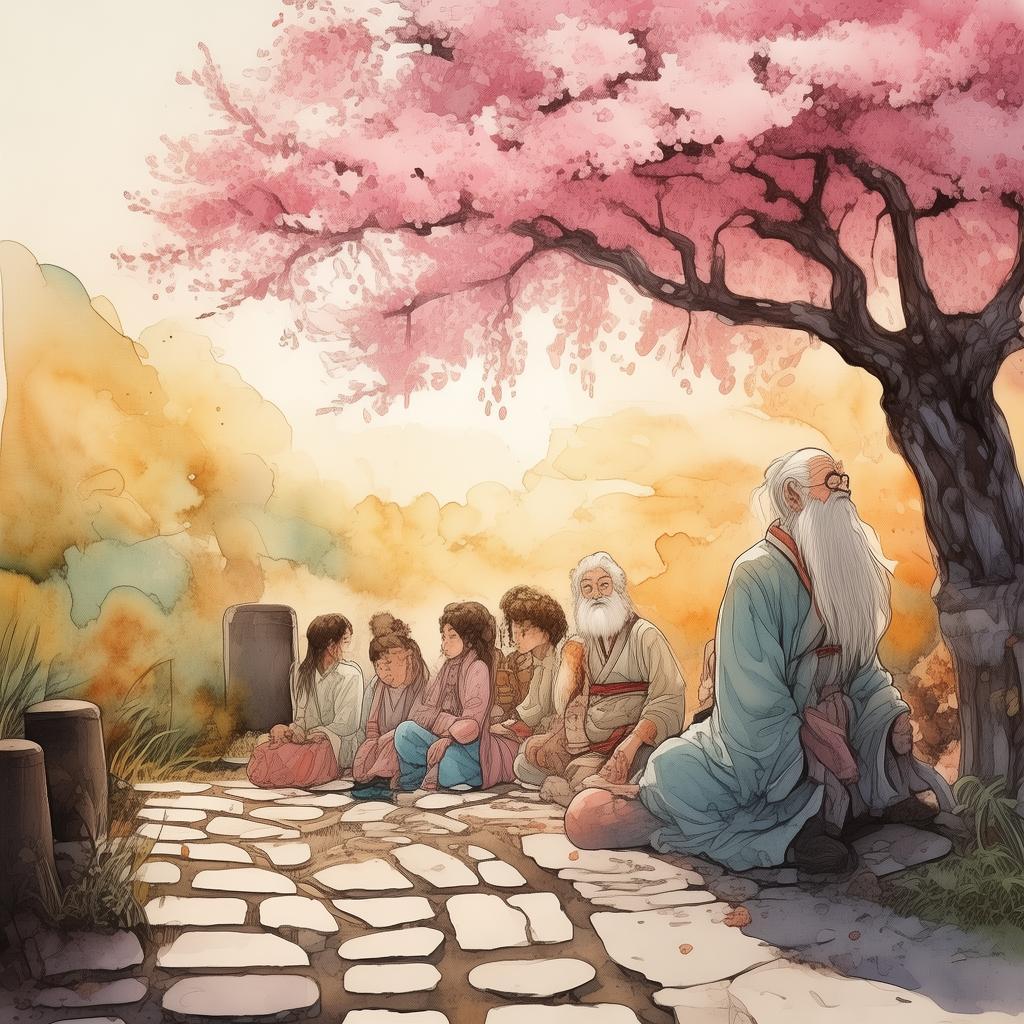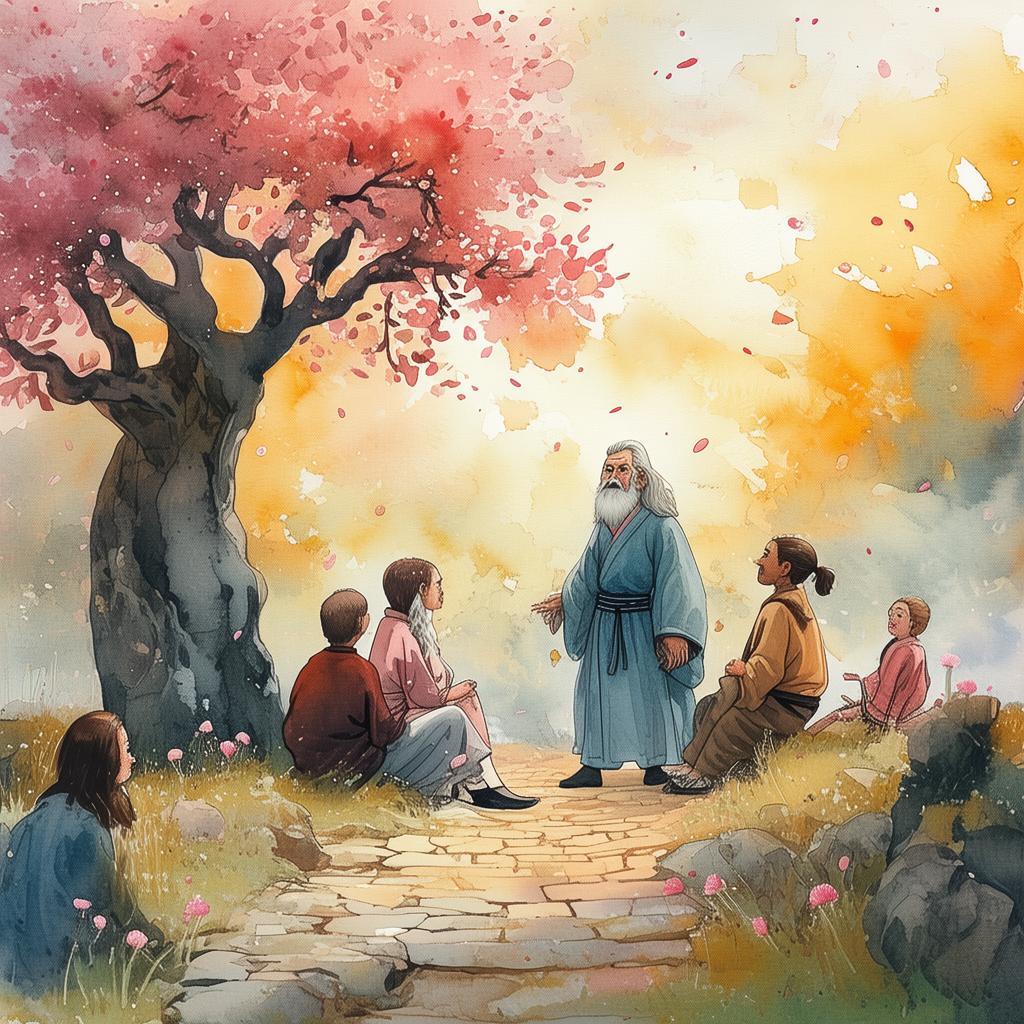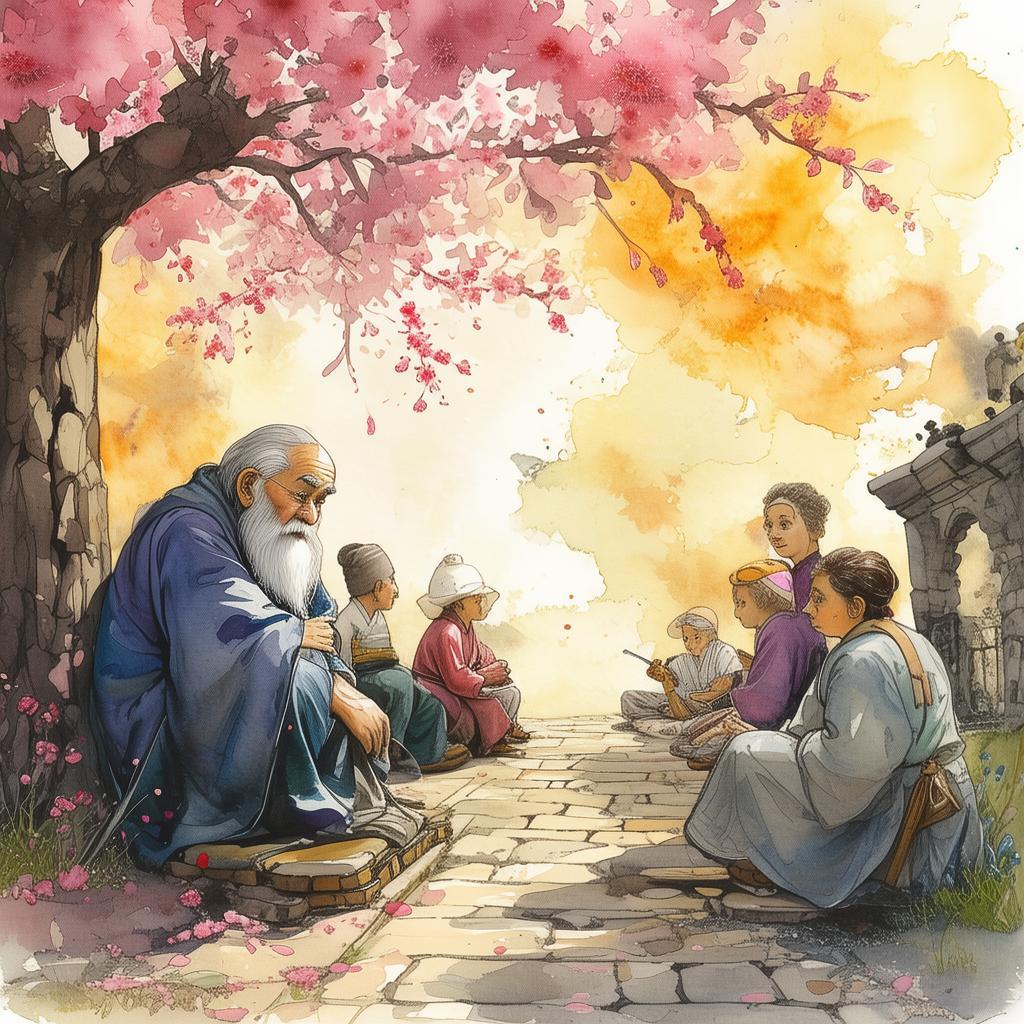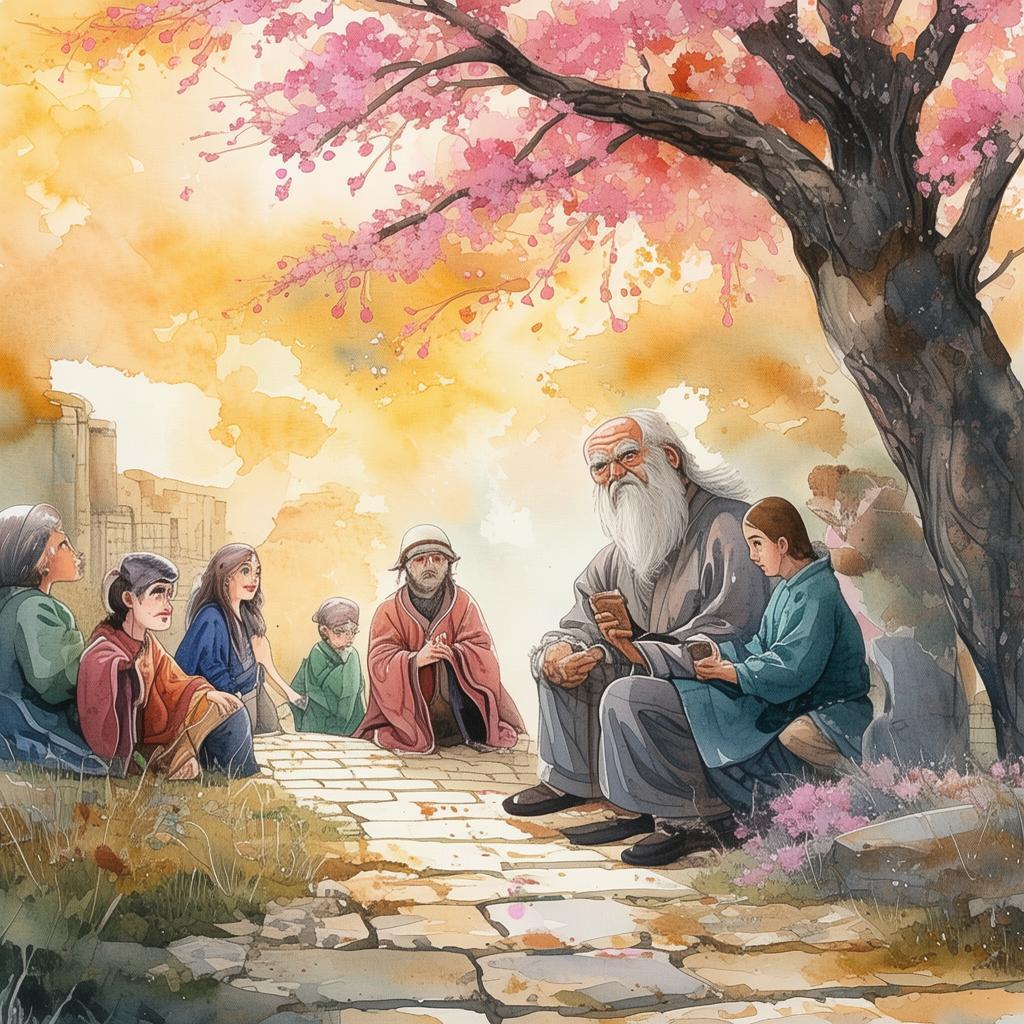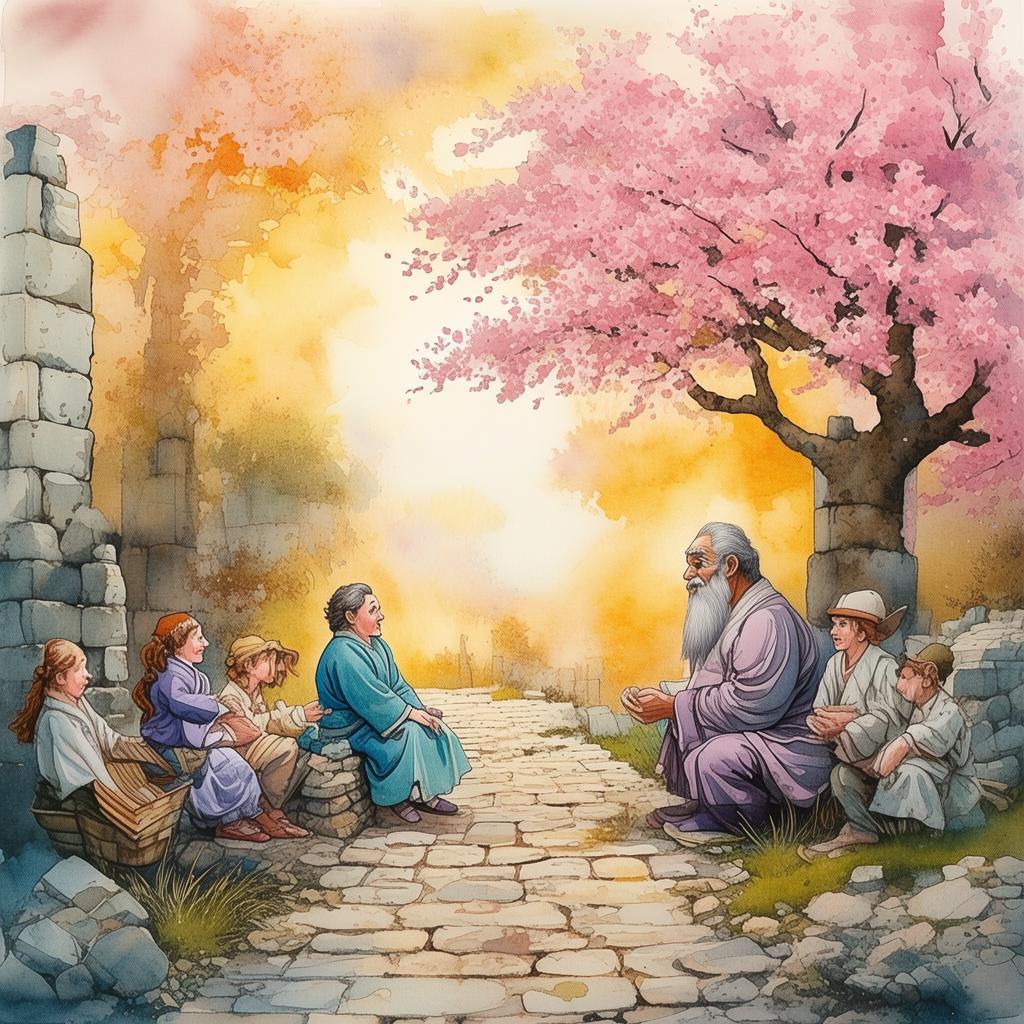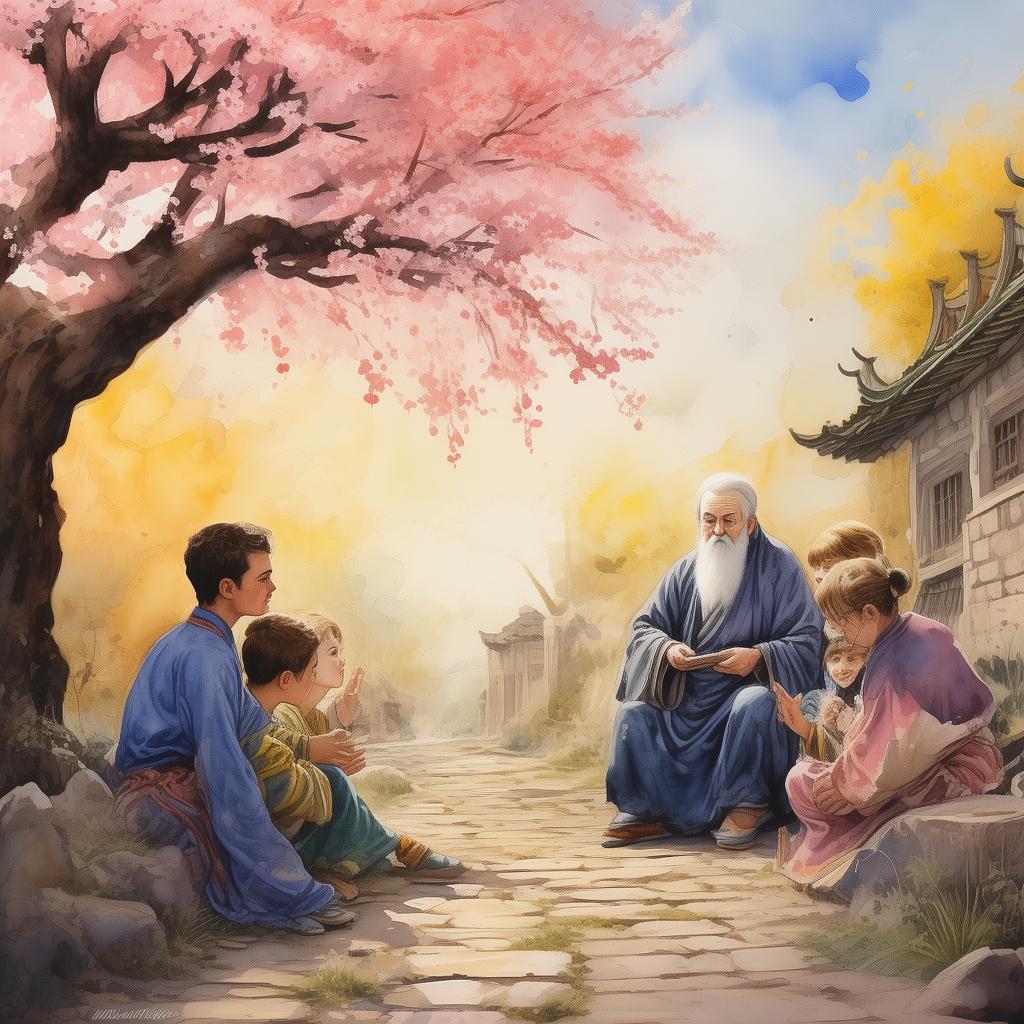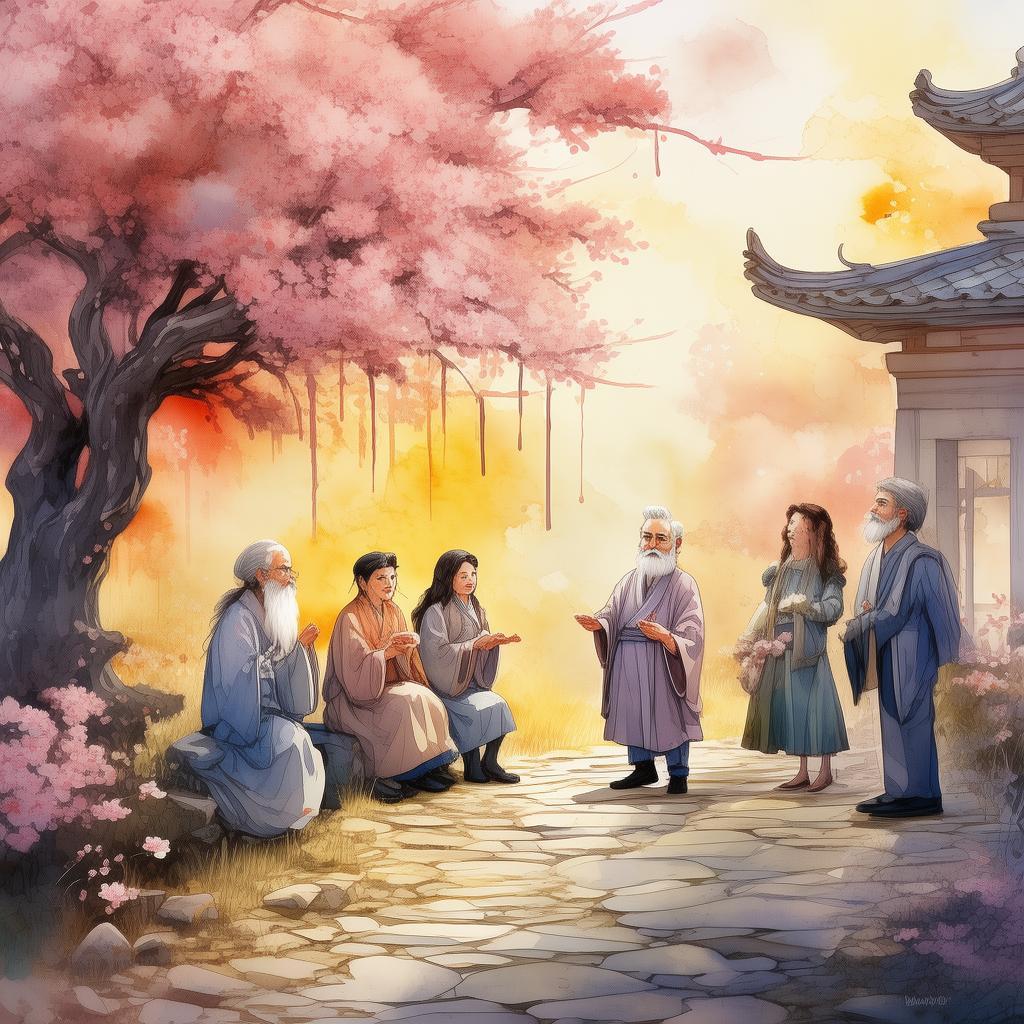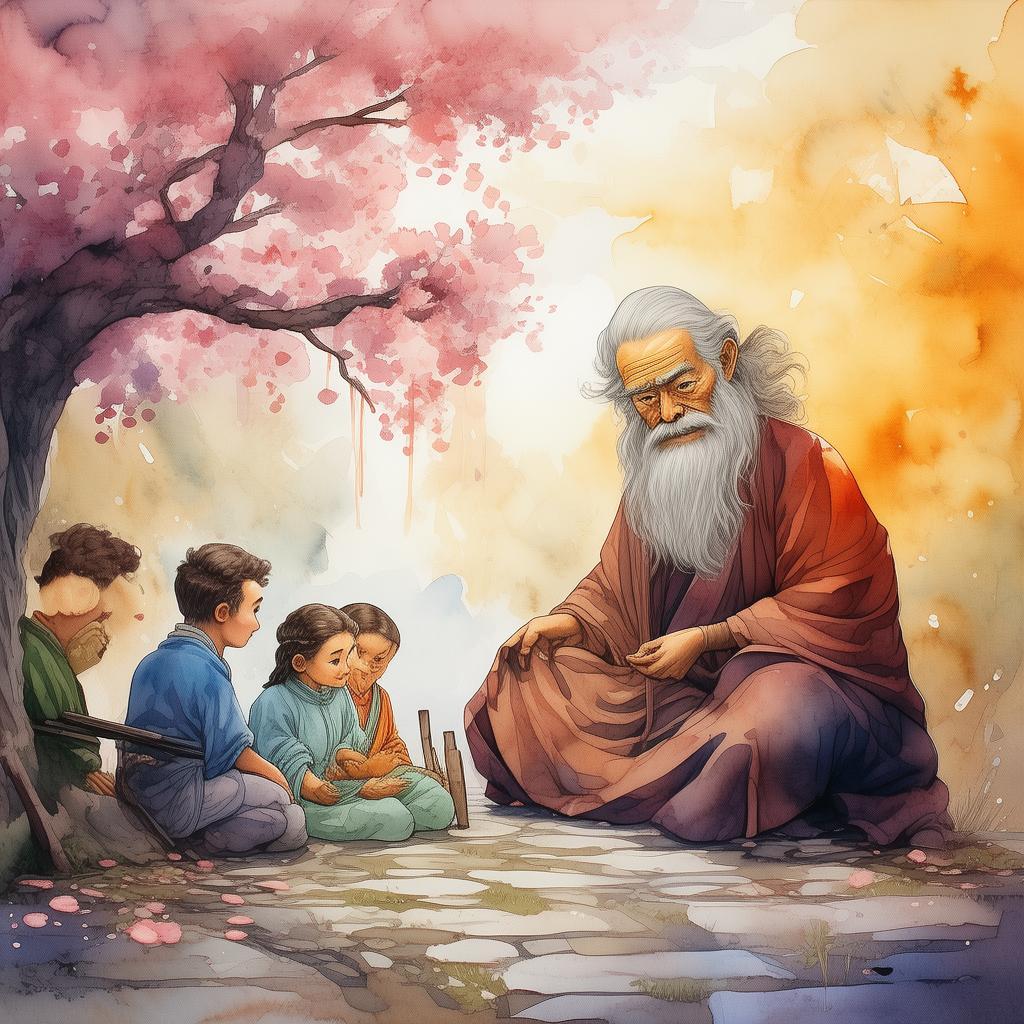Golden Ratio Whispers: The Quest for Perfection
In the heart of ancient China, where the wisdom of the ancients still resonated in every stone and scroll, there lived a young scholar named Li Ming. Li Ming was not like other scholars of his time. He was fascinated by the enigmatic patterns that seemed to govern the world around him. His curiosity led him to the most revered library in the land, where he spent countless hours searching for the secrets that lay hidden in the scrolls.
One day, as he was leafing through an ancient tome on mathematics, Li Ming stumbled upon a peculiar symbol. It was a ratio, a proportion that seemed to appear in nature, art, and architecture throughout history. The symbol, known as the Golden Ratio, was a number approximately equal to 1.618033988749895. It was said to be the most aesthetically pleasing ratio in the universe, and it had been celebrated by artists, architects, and philosophers for centuries.
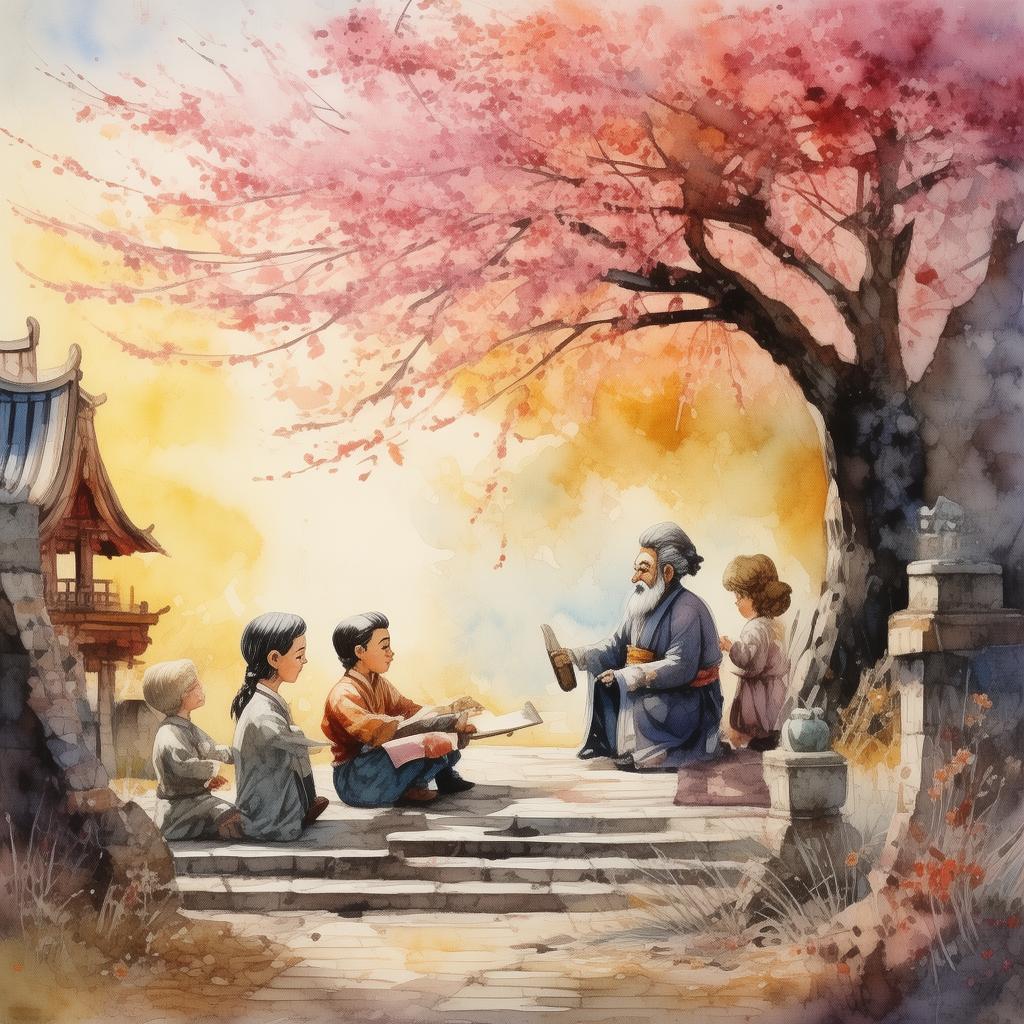
Li Ming became obsessed with the Golden Ratio. He studied every book he could find, poring over the works of ancient scholars who had tried to decipher its meaning. As he delved deeper into the mystery, he realized that the Golden Ratio was not just a mathematical curiosity; it was a key to understanding the balance and harmony of the world.
One evening, as the moon hung low in the sky, casting an ethereal glow on the ancient library, Li Ming made a remarkable discovery. In a forgotten corner of the library, he found a scroll that detailed a legend. It spoke of a hidden temple, buried deep within the mountains, where the essence of the Golden Ratio was said to be stored. According to the legend, those who found the temple would unlock the ultimate secret of the universe.
Determined to uncover this secret, Li Ming set out on a perilous journey. He traveled through treacherous mountains, crossed treacherous rivers, and faced countless challenges. Along the way, he encountered a wise old sage who, upon hearing of Li Ming's quest, revealed that the true power of the Golden Ratio lay not in the temple, but in the heart of the seeker.
The sage taught Li Ming that the Golden Ratio was not just a number; it was a principle of balance and harmony that could be found in all things. He explained that the ratio could be seen in the arrangement of petals on a flower, the proportions of a great masterpiece, and even in the rhythm of the seasons.
Li Ming understood that the true power of the Golden Ratio was not in its physical form, but in its application. With the sage's guidance, he began to apply the principle of the Golden Ratio to his life. He sought balance in his studies, in his relationships, and in his actions.
As he did so, he noticed that his life began to change. His relationships with others became more harmonious, his studies became more profound, and his sense of purpose grew stronger. He realized that the Golden Ratio was not just a mathematical curiosity; it was a guide to living a balanced and fulfilling life.
One day, as Li Ming stood at the peak of the mountain, overlooking the vast landscape below, he felt a sense of peace and fulfillment he had never known before. He understood that the true secret of the Golden Ratio was not in the temple, but in the journey itself. It was the journey of self-discovery, of seeking balance, and of understanding the harmony that exists within all things.
Li Ming returned to his village, a changed man. He shared his experiences and the wisdom of the sage with his fellow villagers. They too began to apply the principle of the Golden Ratio to their lives, and the village flourished. Li Ming became a revered figure, known not just for his knowledge of mathematics, but for his wisdom and his ability to bring harmony to those around him.
And so, the legend of the Golden Ratio lived on, not just as a mathematical concept, but as a guiding principle for those who sought to live a life of balance and harmony. The story of Li Ming became a testament to the power of the Golden Ratio, a reminder that the true magic of mathematics lies not in its numbers, but in its application to the human experience.
✨ Original Statement ✨
All articles published on this website (including but not limited to text, images, videos, and other content) are original or authorized for reposting and are protected by relevant laws. Without the explicit written permission of this website, no individual or organization may copy, modify, repost, or use the content for commercial purposes.
If you need to quote or cooperate, please contact this site for authorization. We reserve the right to pursue legal responsibility for any unauthorized use.
Hereby declared.
